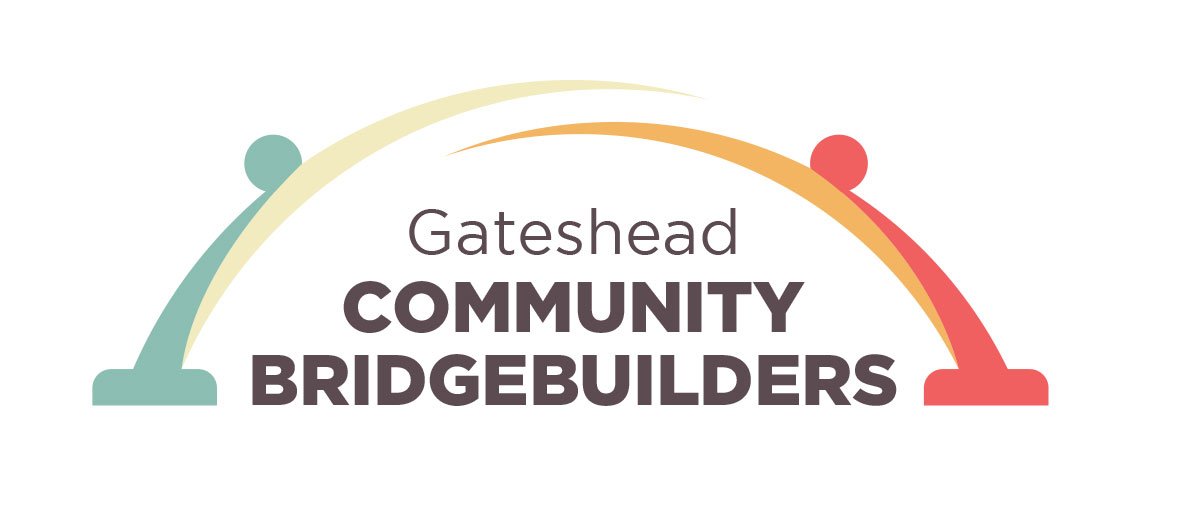Bridgebuilder diaries #3 A Story of Belonging, Growth, and Collective Power
The Bridgebuilder Diaries #3: A Story of Belonging, Growth, and Collective Power
In early 2024, some of our community groups came together in Gateshead under the umbrella of the Community Bridgebuilders, working alongside Jo Howard from the Institute of Development Studies. Refugees and asylum seekers, young people, and those navigating mental health challenges had formed distinct yet interconnected Community Action Groups. What initially began as a series of weekly gatherings had, over time, blossomed into a vibrant ecosystem of care, sharing, courage, and co-creation.
Planting Seeds of Connection
Each group began with uncertainty. Members arrived carrying anxiety, isolation, everyday struggles, and the weight of lived experience. But through gentle facilitation, shared meals, deep conversations, and laughter (as well as a few tears), something remarkable unfolded. The Refugee and Asylum Seeker (R&AS) group spoke of sowing seeds - of trust, support, language, and confidence building - and watching them bloom into flowers of friendship and purpose. “We are the roots,” one member said, “and now we are flowering.”
The Mental Health (MH) group found rhythm and routine in their weekly meetings. Activities like pottery and photography became gateways to self-expression and joy. “We’ve grown as individuals and as a group,” they reflected, “bonded for life.” Even after funding for these groups ended, they still meet every week. The Young Persons (YP) group, though small, became a sanctuary for honesty and peer solidarity. “We’re random in a good way,” they joked, while sharing deep truths about navigating responsibilities (‘adulting’), trauma, relationships, and the challenges of being young in today’s world.
Building Bridges Across Difference
Despite their differences on the surface, during our shared workshops, the groups discovered a lot of common ground. All spoke of inclusion, friendship, and the power of being seen. The R&AS group described their work as “building bridges where there’s a gap in the community.” The MH group echoed this, noting how diverse backgrounds didn’t divide them; they enriched the experience. And the YP group, who had often felt overlooked by other services, found validation and voice in their shared space.
Language barriers (and communication more broadly), social anxiety, and systemic exclusion were recurring challenges in all three groups. But these were met with creativity and care: WhatsApp polls to aid decision-making, travel buddies to ease public transport fears, and peer-led facilitation to build confidence. Having people there who cared and would listen and could support facilitation was crucial, providing “steering and gentle persuasion” that helped people take their first brave steps into the groups.
From Receiving to Giving
One of the most powerful shifts was the transformation from passive participation to active leadership. Members who once felt voiceless began facilitating sessions, supporting others, and even joining other steering groups outside of these groups. “If you always receive,” one participant said, “you need to give back to someone. The group makes this possible.” Support, therefore, wasn’t a one-way street; it was a shared path. The Bridgebuilders ethos invites everyone to walk it together, sometimes leading, sometimes leaning.
The groups ultimately evolved beyond their initial scope, initiating connections and collaborative activities that addressed systemic barriers like isolation and communication. Yet the most profound impact came from the relational depth in the groups: consistent time to simply ‘be’ together, mutual recognition, and the emotional scaffolding that enabled participants to build resilience that helps make taking actions beyond the group seem less daunting.
Ripples Beyond the Room
As stated above, the impact of the groups rippled far beyond the sessions. Participants spoke of becoming better parents, more confident workers, and more hopeful citizens. Young people carried insights from the group into conversations at work, college, and other appointments. People navigating mental health challenges began to reframe their struggles as shared rather than isolating. One participant even brought a drawing they’d created with the group into a Home Office interview - a quiet testament to how the group’s support travelled with them into rooms where power is unevenly held, offering not just confidence but a sense of belonging.
Even as funding uncertainties loomed, the spirit of the groups remained resilient. “We’re not ready for a big project,” the YP group said, “but we’re ready for small wins.” The R&AS group hoped someone would take their example forward. And across all groups, there was a yearning to continue; to keep rowing the boat together, shoulder to shoulder.
Just Community
The Bridgebuilders didn’t run just another programme. We built a practice - one rooted in relational power, where people move from being recipients of support, to actively shaping its agenda, collaboratively. With trust, time, and tenderness, isolation gave way to solidarity, and silence gave way to voice.
Richard Gibbons.
